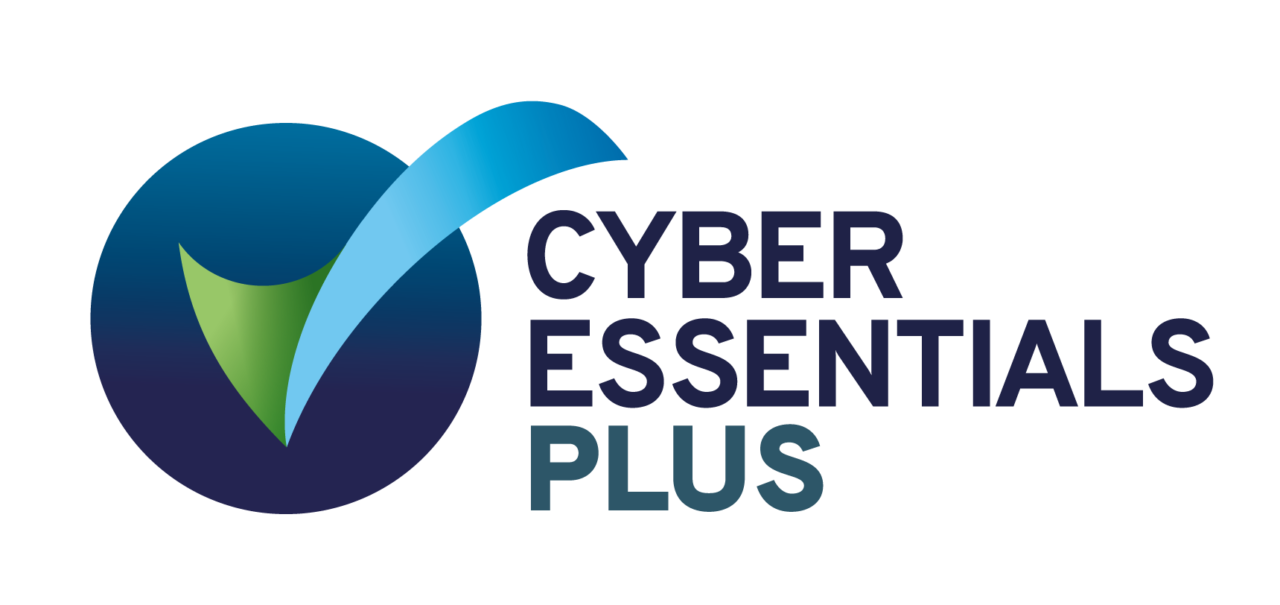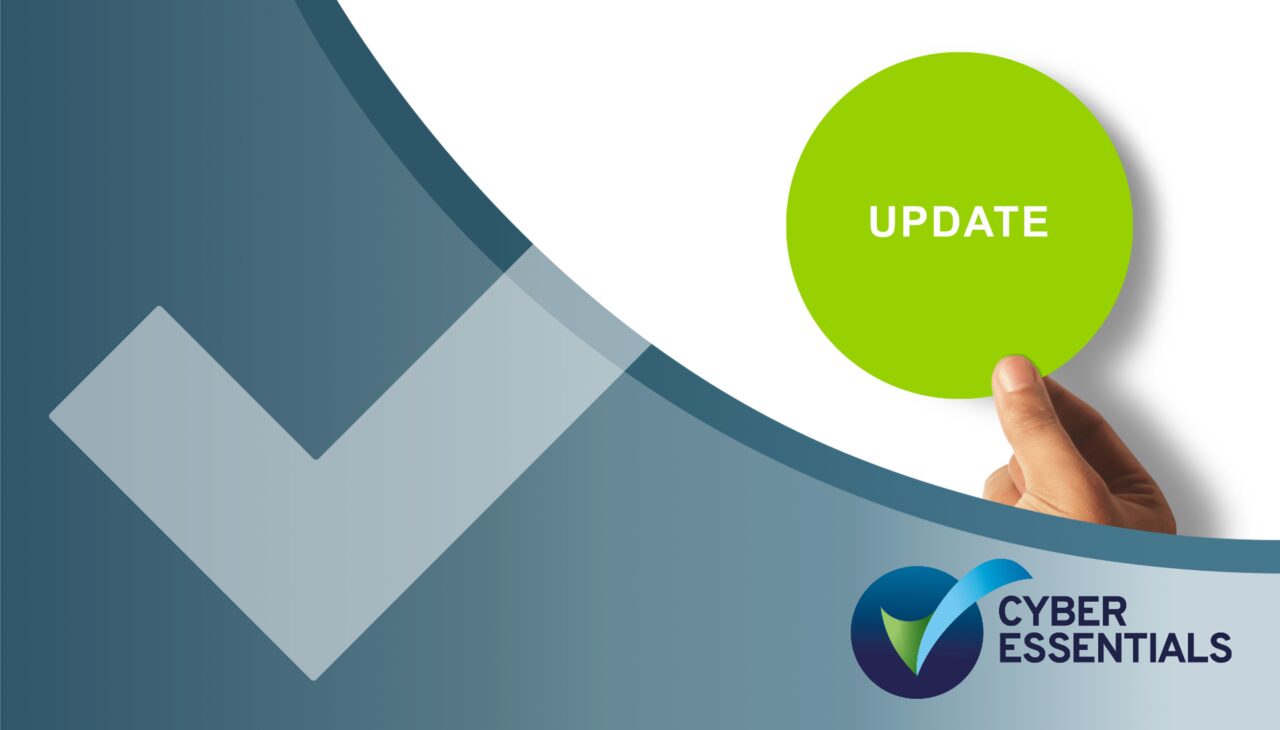As part of the continual review of Cyber Essentials, earlier this year the NCSC audited the scheme’s branding. To ensure that the logo fully meets government accessibility guidelines, the colour palette was tweaked to ensure more contrast and greater accessibility. This has resulted in the new Cyber Essentials and Cyber Essentials Plus scheme logos shown below:


What is meant by accessibility?
At least 1 in 5 people in the UK have a long term illness, impairment or disability. Many more have a temporary disability. Accessibility means making your content and design clear and simple enough so that most people can use it without needing to adapt it, while supporting those who do need to adapt things. For example, someone with impaired vision might use a screen reader (software that lets a user navigate a website and ‘read out’ the content), braille display or screen magnifier. Someone with motor difficulties might use a special mouse, speech recognition software or on-screen keyboard emulator.
Making a website or mobile app accessible means making sure it can be used by as many people as possible.
This includes those with:
- impaired vision
- motor difficulties
- cognitive impairments or learning disabilities
- deafness or impaired hearing
Common accessibility problems include websites that are not easy to use on a mobile or cannot be navigated using a keyboard, inaccessible PDF forms that cannot be read out on screen readers, and poor colour contrast that makes text difficult to read – especially for visually impaired people.
Accessible websites usually work better for everyone. They are often faster, easier to use and appear higher in search engine rankings.
Read the full guidance about accessibility requirements here


